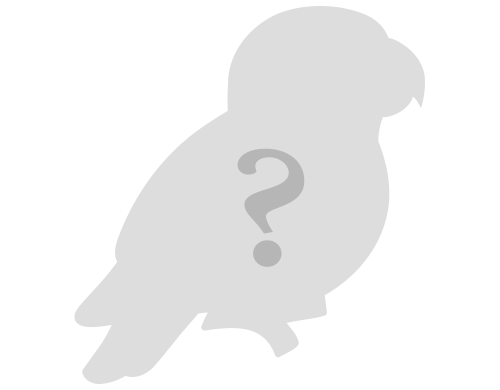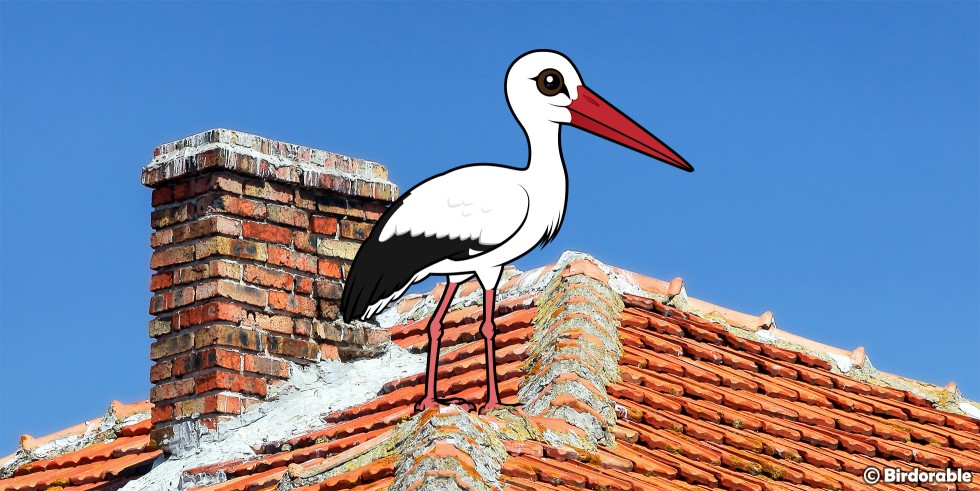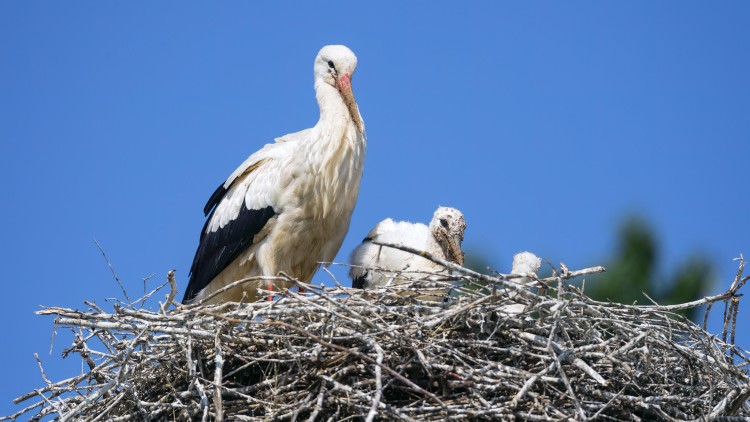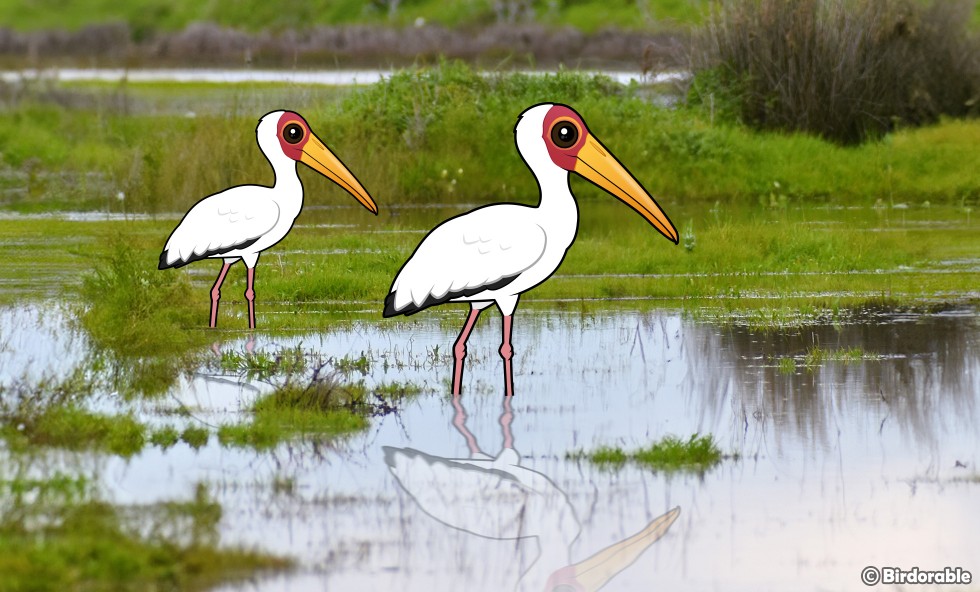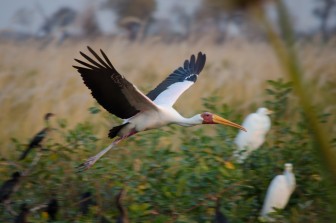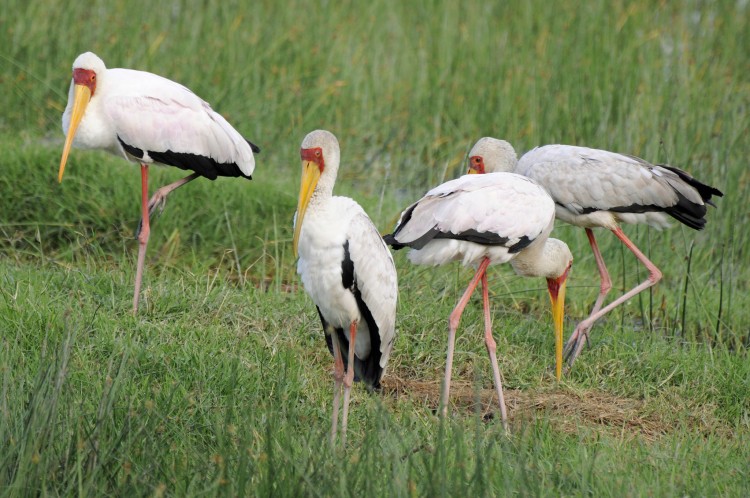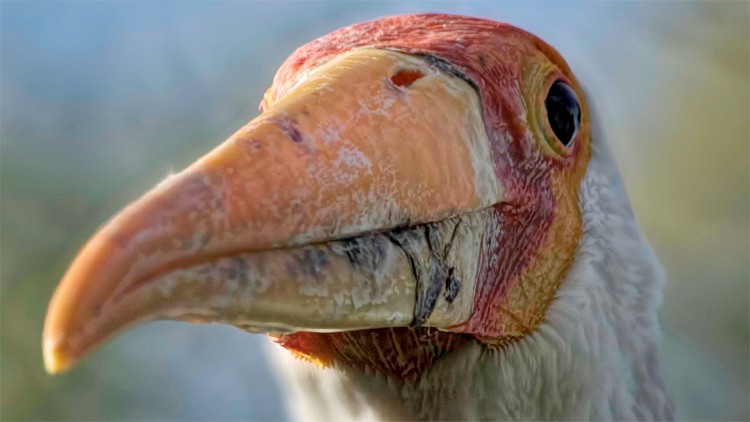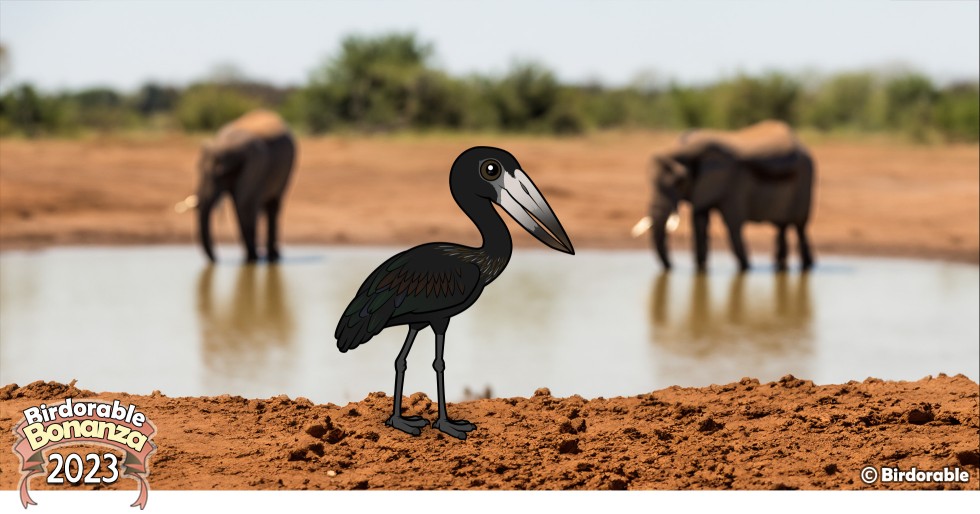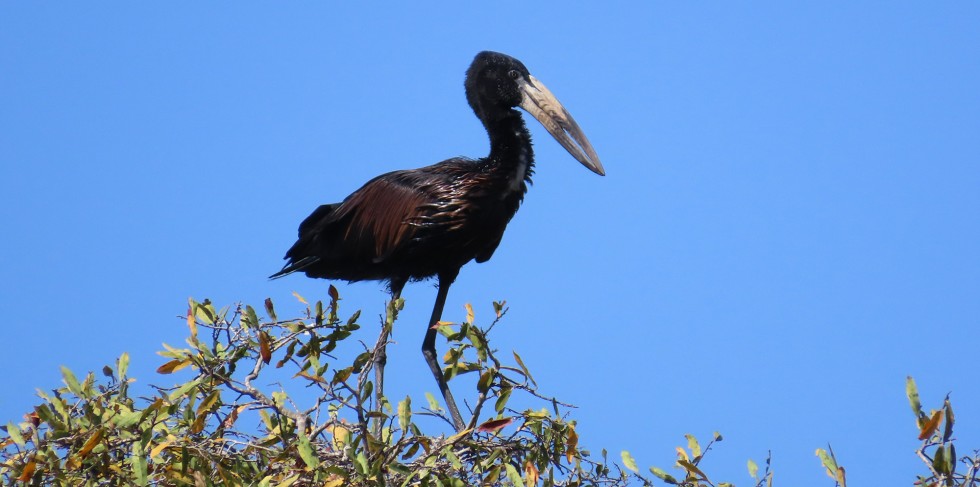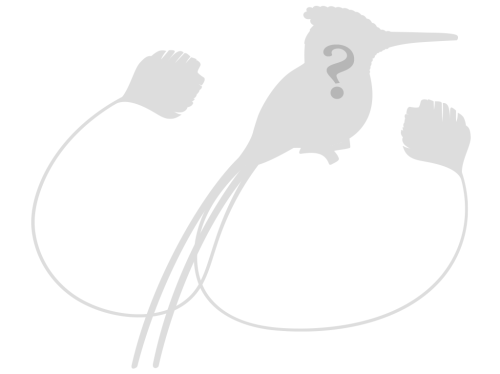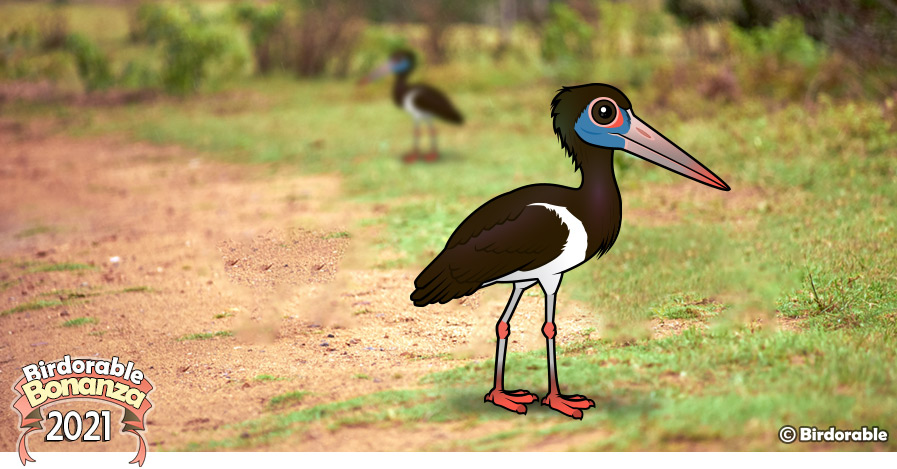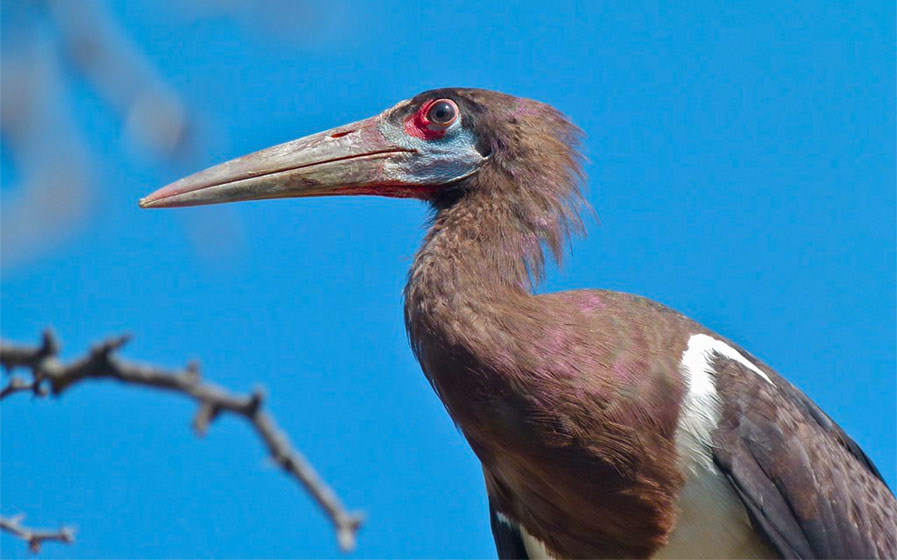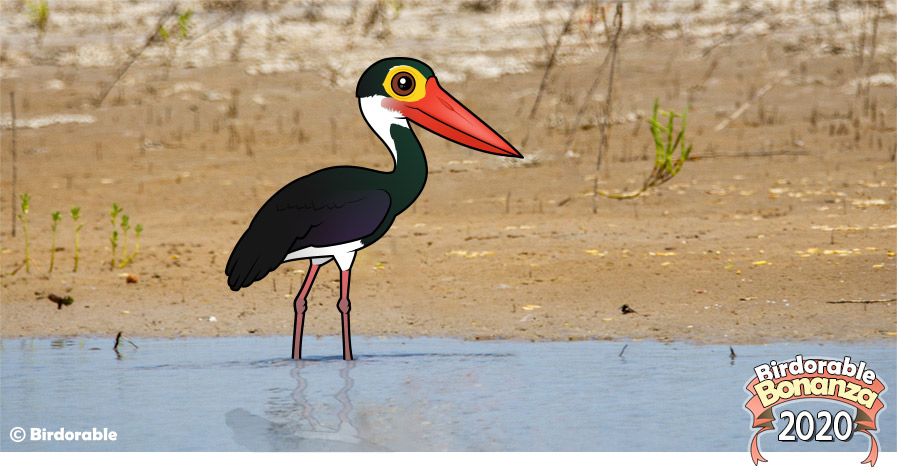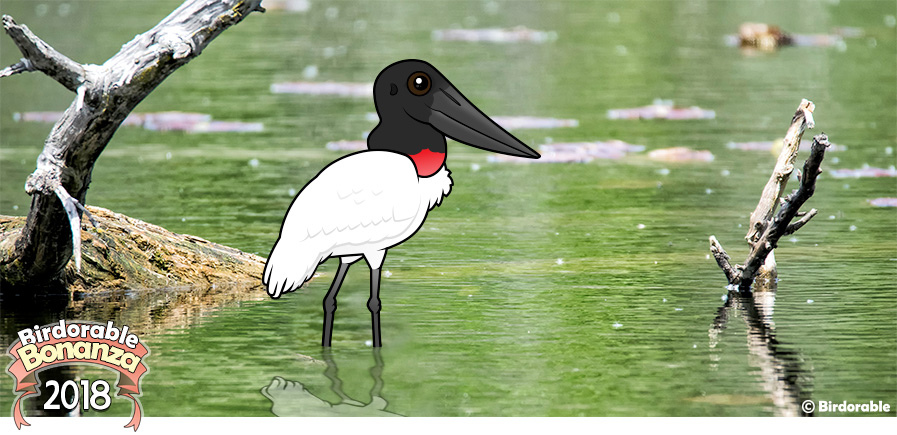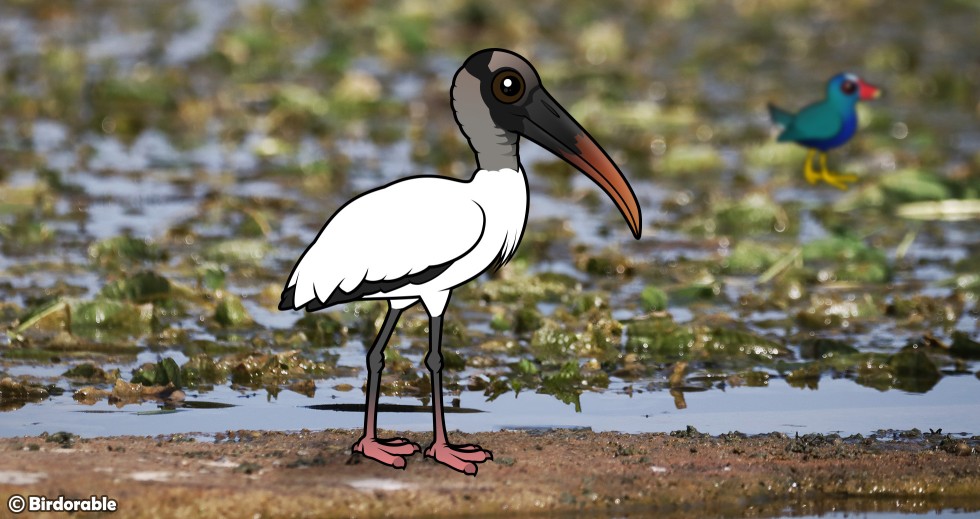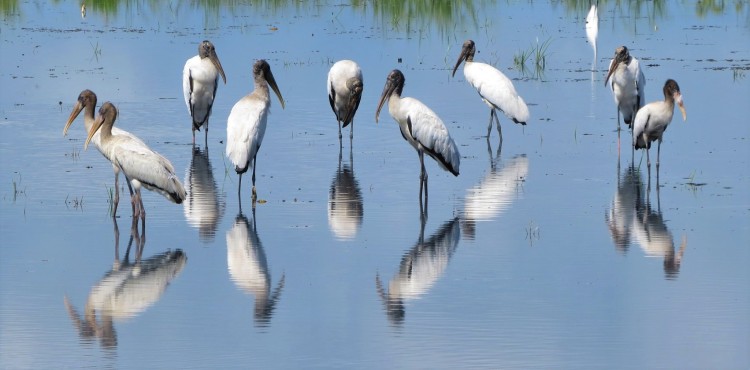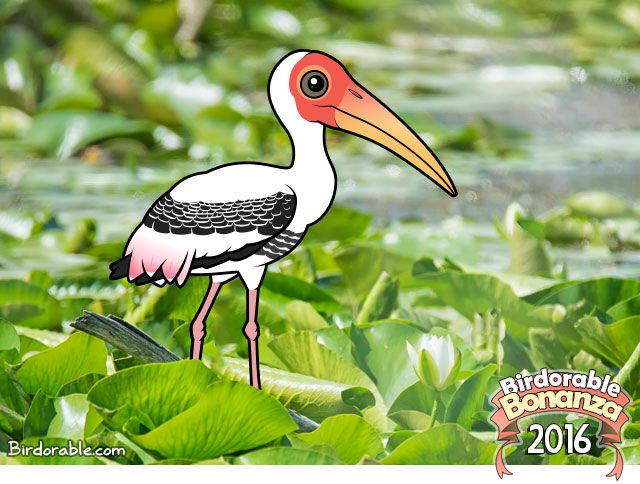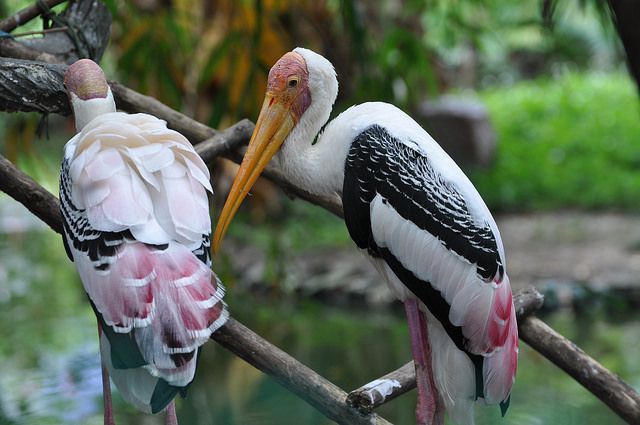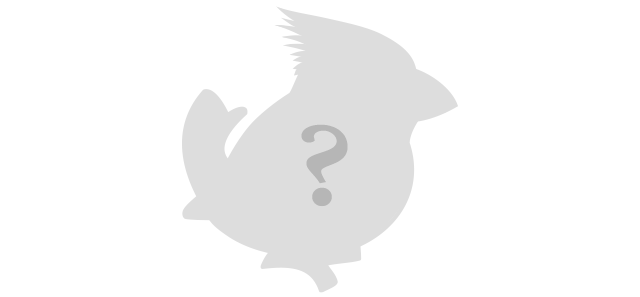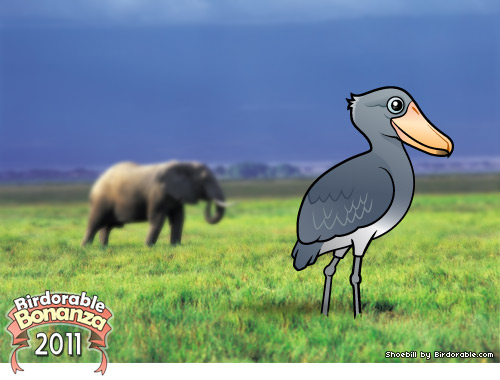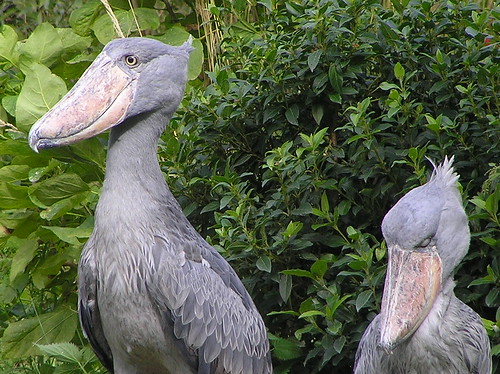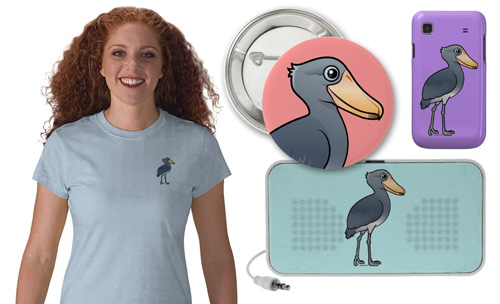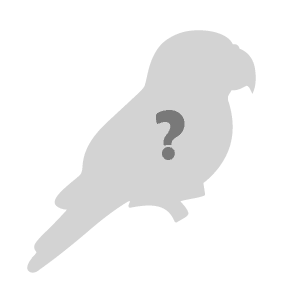2024 Birdorable Bonanza Bird #10
Birdorable Bonanza: Discover the Asian Openbill and Its Unique Beak
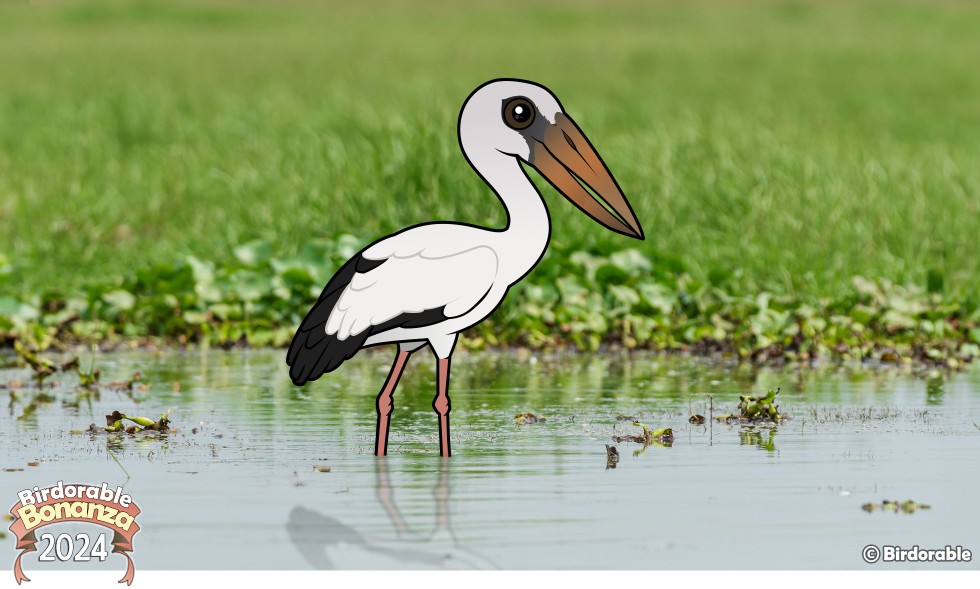
Today we add a large wader in the stork family to our Birdorable flock: it's the Asian Openbill!
The Asian Openbill is a fascinating species of stork native to South and Southeast Asia. This large-sized wading bird is known for its unique bill structure, which has a distinctive gap when the beak is closed—hence the name "openbill."
Asian Openbills are mostly white with grayish-black flight feathers and a long, slightly curved bill that sets them apart from other stork species. Juveniles are duller in color, with brownish tones, but they develop their adult plumage as they mature. The gap in their beak isn't just for show—it is an adaptation for feeding on their primary prey, freshwater snails. The specialized bill allows them to easily grip and extract snails from their shells, making them a key part of wetland ecosystems.
These birds are found in wetlands, flooded fields, and shallow marshes where their prey is abundant. They can also be seen near rice paddies, ponds, and rivers. Asian Openbills are excellent at adapting to human-altered landscapes, and their population has remained stable despite changes to their natural habitats.
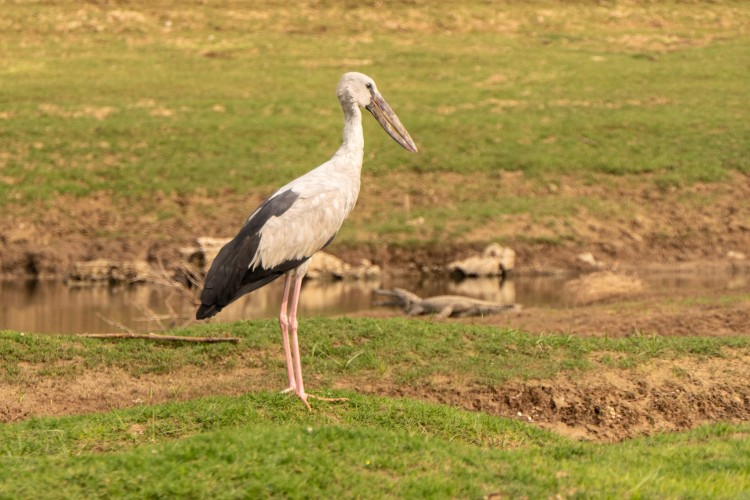
Asian Openbill by Mike Prince [CC BY 2.0]
Asian Openbills are social birds and are often seen in flocks, especially outside the breeding season. During the breeding season, which usually coincides with the monsoon, they build large stick nests in trees, often in colonies with other waterbirds. Both parents share the responsibilities of incubating the eggs and feeding the chicks. The chicks hatch after about 25 to 30 days and fledge within two months.
While their population is currently stable and listed as Least Concern by the IUCN, conservation efforts to protect wetlands are crucial for ensuring their long-term survival. Wetlands are not only vital habitats for the Asian Openbill but also for a wide range of other species that depend on these ecosystems.
For birdwatchers, spotting an Asian Openbill in the wild is a treat. Their unique bill, social nature, and graceful flight make them a memorable sight in the vibrant wetland environments they call home.
Asian Openbill Gift Ideas from Birdorable
Tomorrow’s Birdorable Bonanza reveals a tropical treasure! This vibrant green parrot, native to the Caribbean, is an endangered species and a national icon of its home island. Can you guess what it is? Check out the silhouette and leave your guesses below! 🤔
